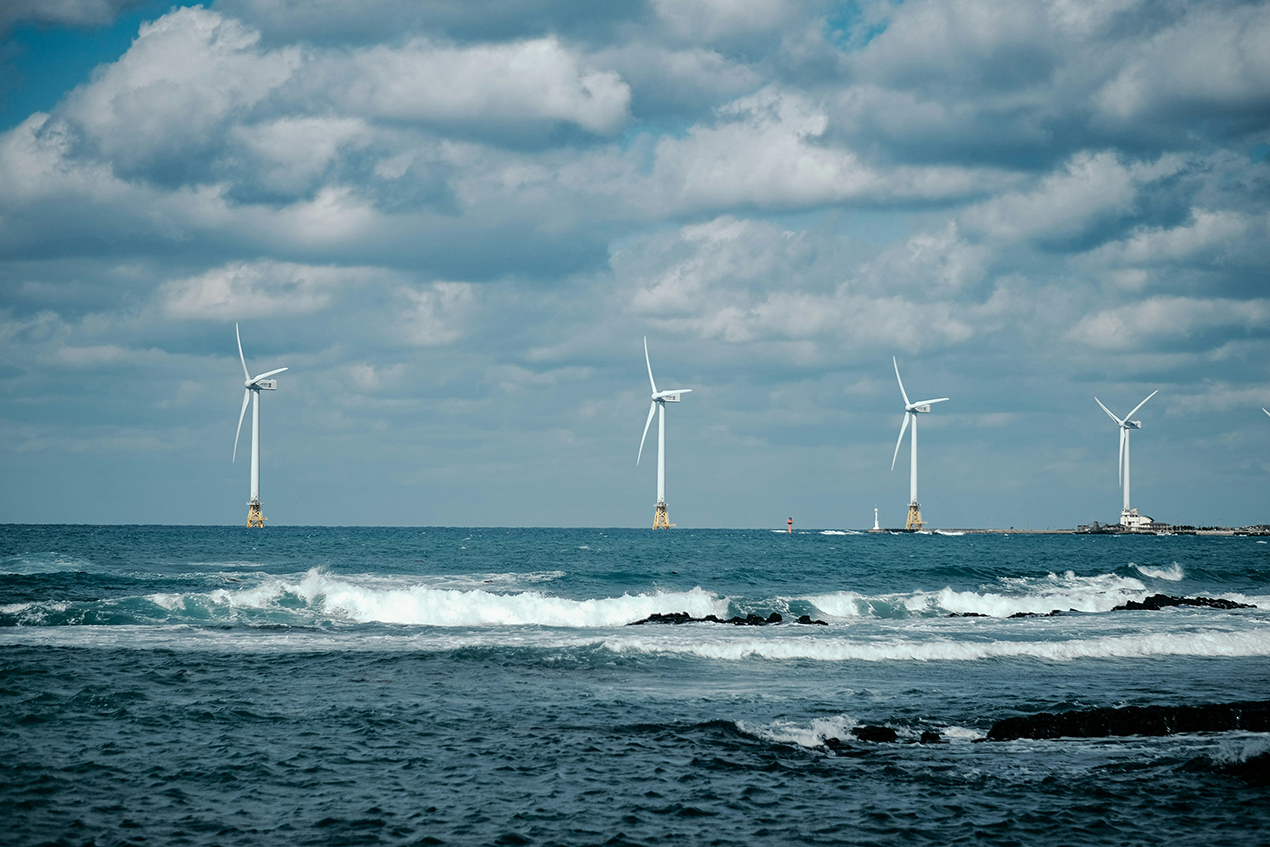News
Germany Develops Offshore Wind Power
As the global climate warms, the use of renewable energy to replace fossil fuels that emit large amounts of greenhouse gases has become one of the environmental protection measures in various countries. In response to the EU's call to reduce greenhouse gas emissions, Germany plans to vigorously develop wind power generation.Reuters reported on the 3rd that due to limited land resources, Germany will turn its attention to the vast ocean to develop wind power.
Germany is a pioneer country in wind power generation. Currently, there are approximately 19,000 wind turbines distributed throughout Germany. These wind power turbines provide 5% of Germany's electricity supply, making it the country with the highest proportion of wind power generation in the country's total power generation in the world.
However, the German wind power industry now faces a problem. Due to limited land resources, there are currently not many places available for building wind power stations in Germany.
"We don't have that much free land space," said Steve Sawyer, head of Germany's Global Wind Energy Council. "The next space developments for Germany and the Netherlands will be offshore, where there are more abundant wind resources."
Germany plans to "move" its wind power industry to the sea and prepare to build wind power stations in the North Sea and Baltic Sea starting next year. By 2020, it will use renewable energy to provide 30% of the country's power generation. By 2030, wind power generation will account for one-third of the country's total power generation.
German energy experts say offshore wind power has incomparable advantages. Offshore wind power is more efficient and more capable than onshore wind power. Typically, wind turbines on land can only operate at full speed 20% of the time, while at sea this can be up to 50%.
However, there are also great difficulties in developing offshore wind power generation. Building wind power equipment offshore requires huge capital investment and complex technical support.
"It requires a lot of investment, and the engineering is more difficult. The current development level of offshore wind power technology is equivalent to that of onshore wind power eight or 10 years ago," Sawyer said.
In addition, the conditions for building and maintaining wind turbines at sea are much more demanding than on land.
"It's like building a ship. You can't afford to spend 5 million euros to build a piece of equipment standing on the sea and then sit there for a month because 25% of the parts are damaged," Sawyer said.
Although the prospects for developing offshore wind power generation are still uncertain, some German investment companies still believe that this is a project that benefits the country and the people and has good economic returns.
"I am willing to buy German offshore wind power projects," said William Young, a partner at German New Energy Finance Company. "At this time, we are facing a huge shift to offshore development, and those who are willing to take certain risks can get better returns from it."
In addition to vigorously developing offshore wind power generation, Germany also plans to upgrade onshore wind power turbines and replace old equipment with newer and more powerful turbines. Considering the risks associated with offshore wind power, Germany is also diversifying into renewable energy sources, including solar power or tidal power.
In fact, under the EU's call to reduce greenhouse gas emissions, some other European countries except Germany are also actively developing and utilizing renewable energy.
The UK's current wind power generation accounts for 1.5% of the country's total power generation. The fact that some people have 50-meter-high wind power turbines not far from their homes means that the development of offshore wind power generation has become one of its future options.
"The scramble for land is already happening," said John-Mark Bangs, a British alternative energy analyst. He said that for countries with abundant land resources like the United States, they have huge potential to develop onshore wind power in the future.
Research results from Stanford University in the United States show that if 20% of the world's wind energy is used by humans to generate electricity, the electricity it provides will be 8 times the world's total electricity demand, able to meet the world's energy needs for all purposes.

